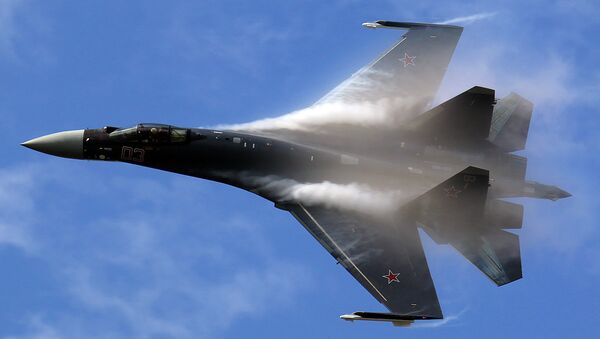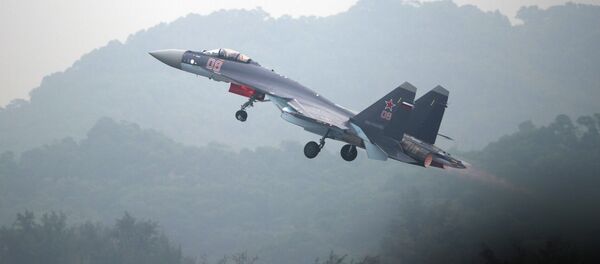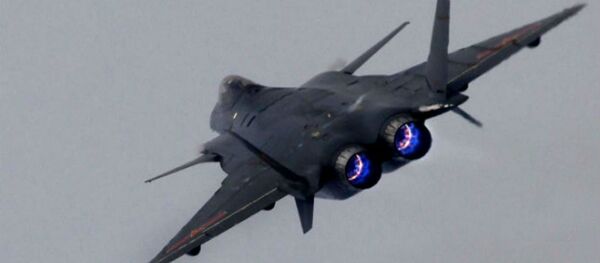Russia and China signed a contract on the delivery of 24 Russian Sukhoi Su-35 aircraft, estimated to be worth $2 billion, in 2015.
The S-35 is a 4++ generation, twin-engine, highly maneuverable multirole fighter jet. It has a maximum speed of 1,553 mph (2,500 kmh) with advanced dry thrust and afterburner capabilities that enhance the aircraft’s dogfighting maneuverability and semi-stealth design that makes it possibly the most lethal fighter jet in the sky.
The fighter jet is an upgraded version of the Su-27 multirole fighter. It was first introduced to a foreign audience at the 2013 Paris Air Show.
The Su-35 is Russia’s top air-superiority fighter, until the fifth-generation PAK-FA stealth fighter comes into production.
Of course, the deal on delivering Su-35 jets to China was a result of close military and technical cooperation between Moscow and Beijing.
However, according to the newspaper, the Russian side expects that once the J-20 enters service with the Chinese armed forces the "Su-35 will soon lose its value in the Chinese market."
China unveiled two Chengdu J-20 stealth fighters at the Airshow China-2016 in Zhuhai in early-November. The aircraft was developed by Chengdu Aircraft Industry Corporation. The J-20 conducted its first test flight in early 2011.

According to Air Force Commander General Ma Xiaotian, China will not put the J-20 on the global market.
While the detailed specifications of the new jet have been kept secret, to all appearances the jets have been designed to match the stealth capabilities of fifth-generation fighter aircraft such as the Lockheed Martin F-22 Raptor and Russia's Sukhoi PAK FA.
China has put much effort in developing its own turbofan akin to the Su-35’s, known as the WS-10 turbofan, but it continues to underperform the Russian-made AL-117S. If Chinese engineers manage to reverse engineer the Russian technology they may be able to narrow the technological gap with Russia and the West.




